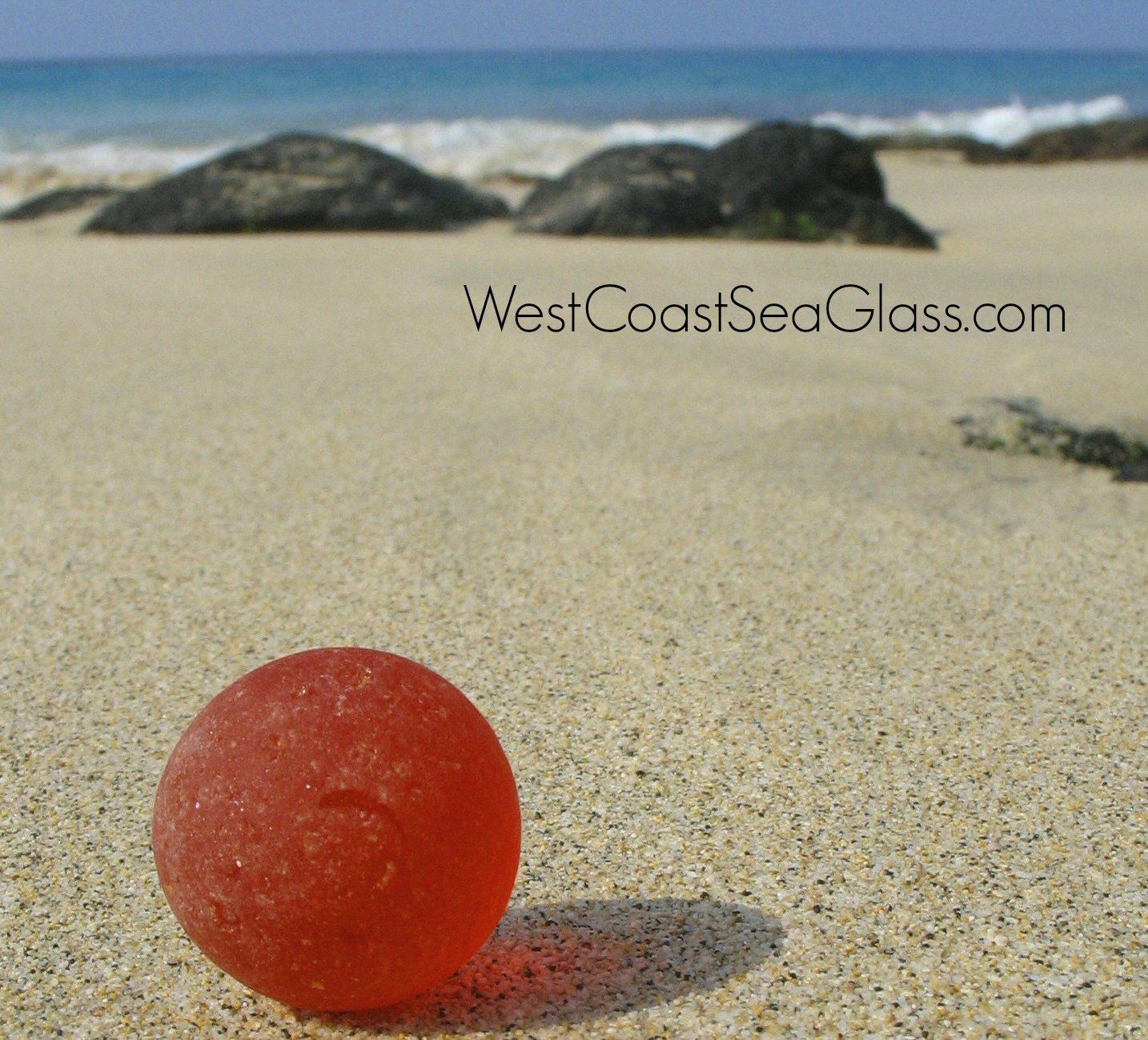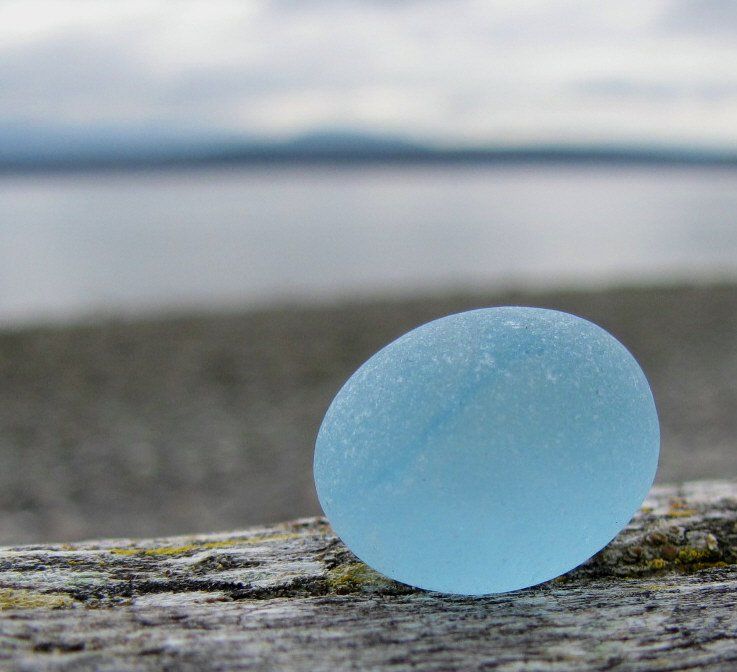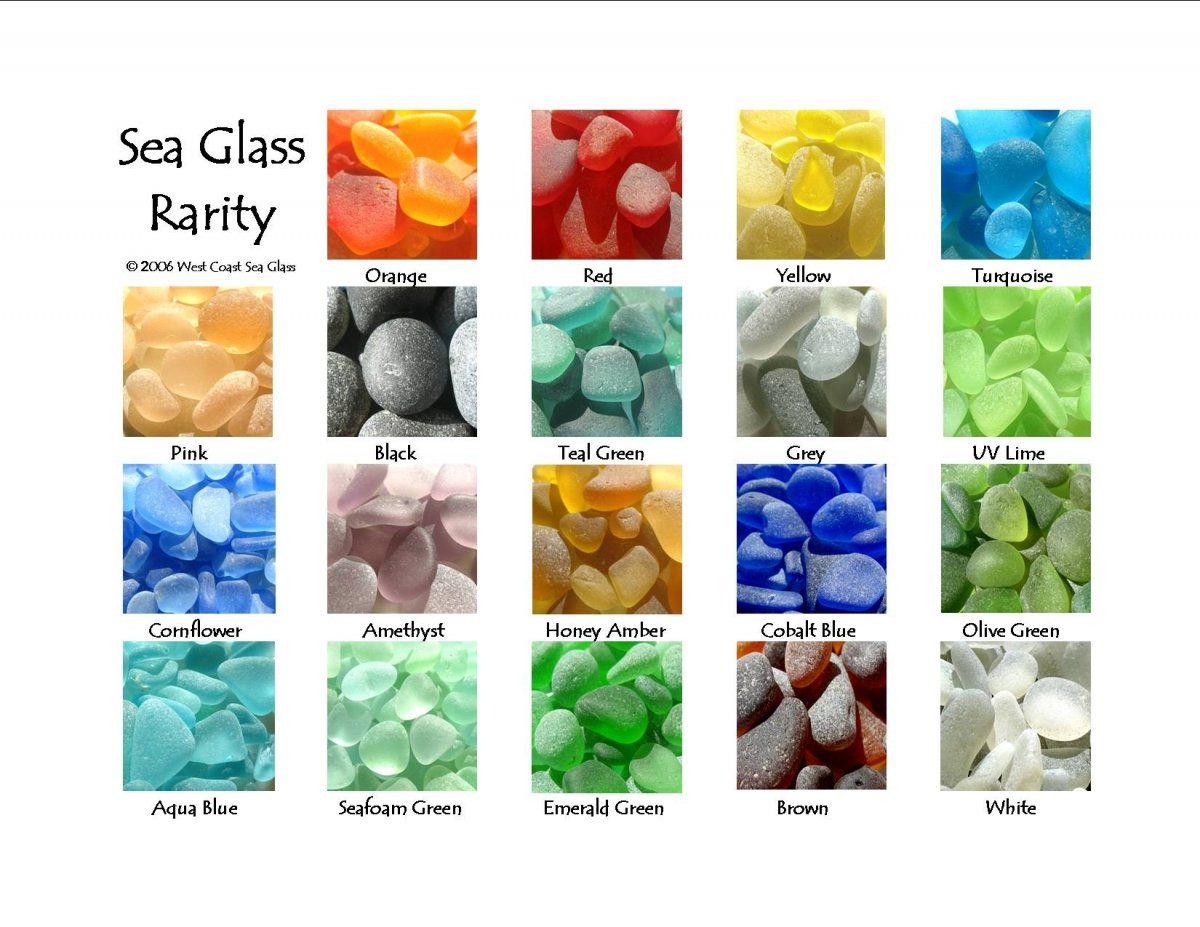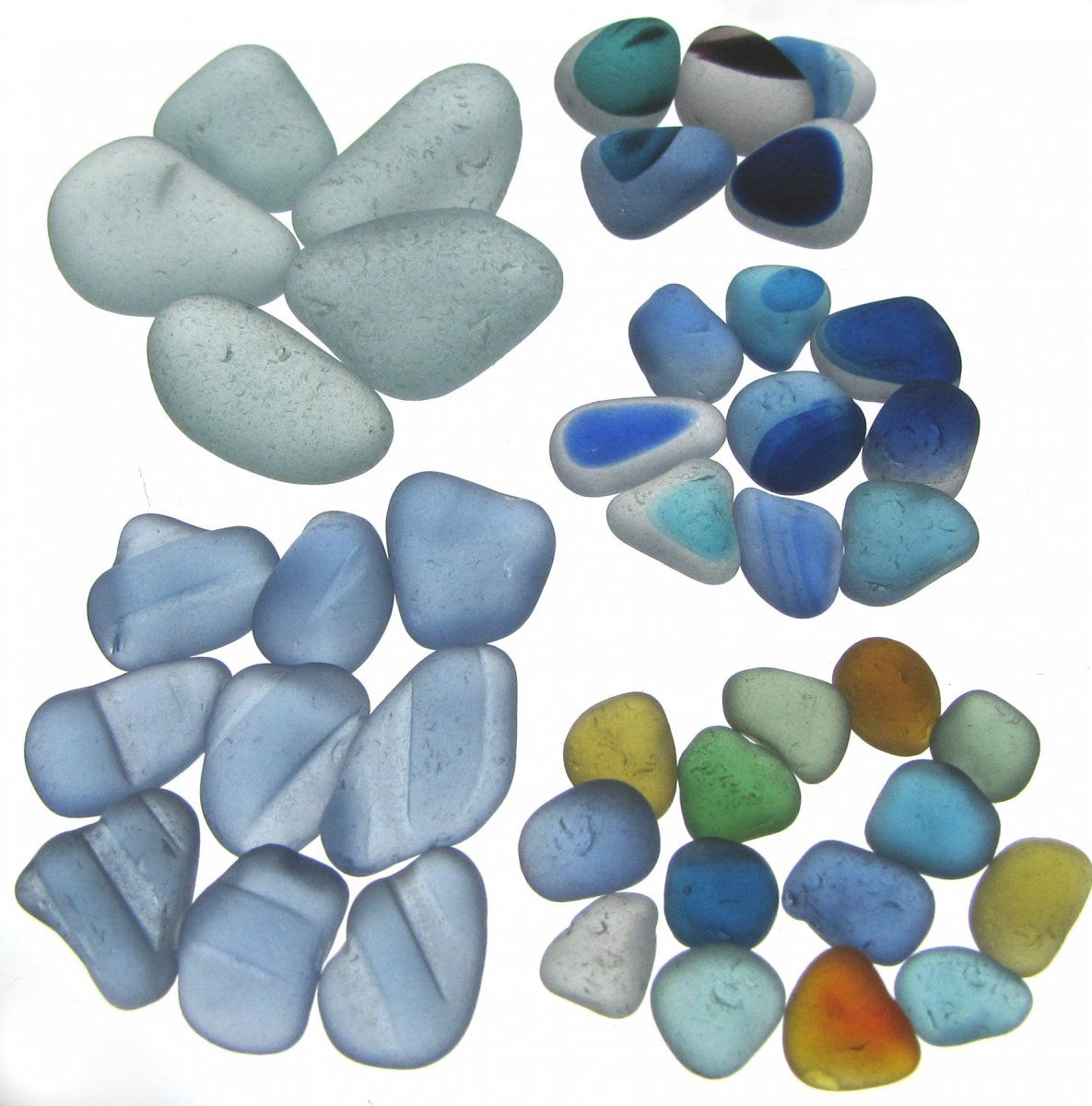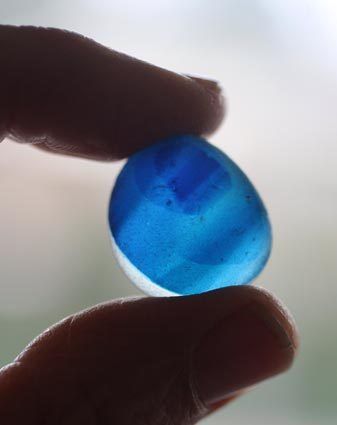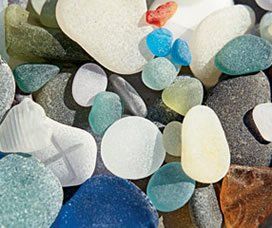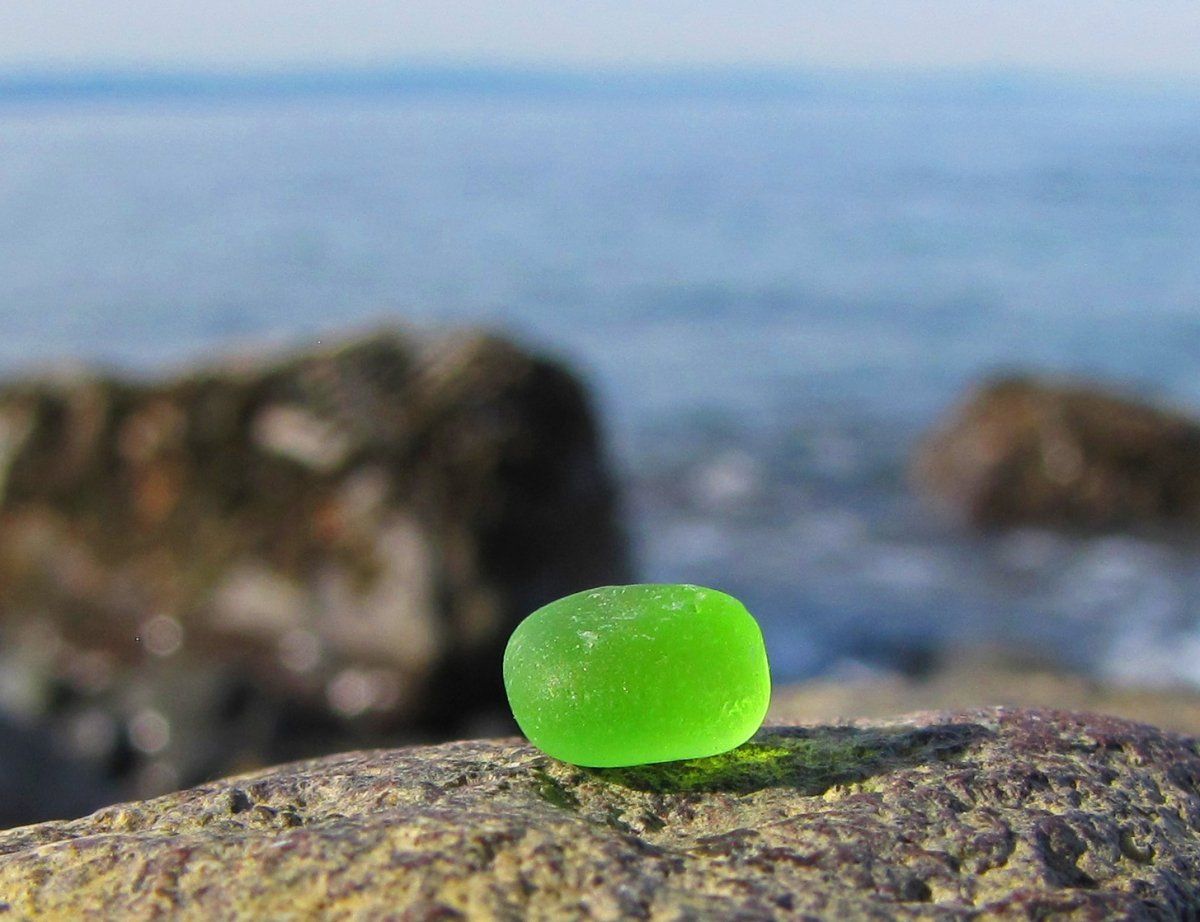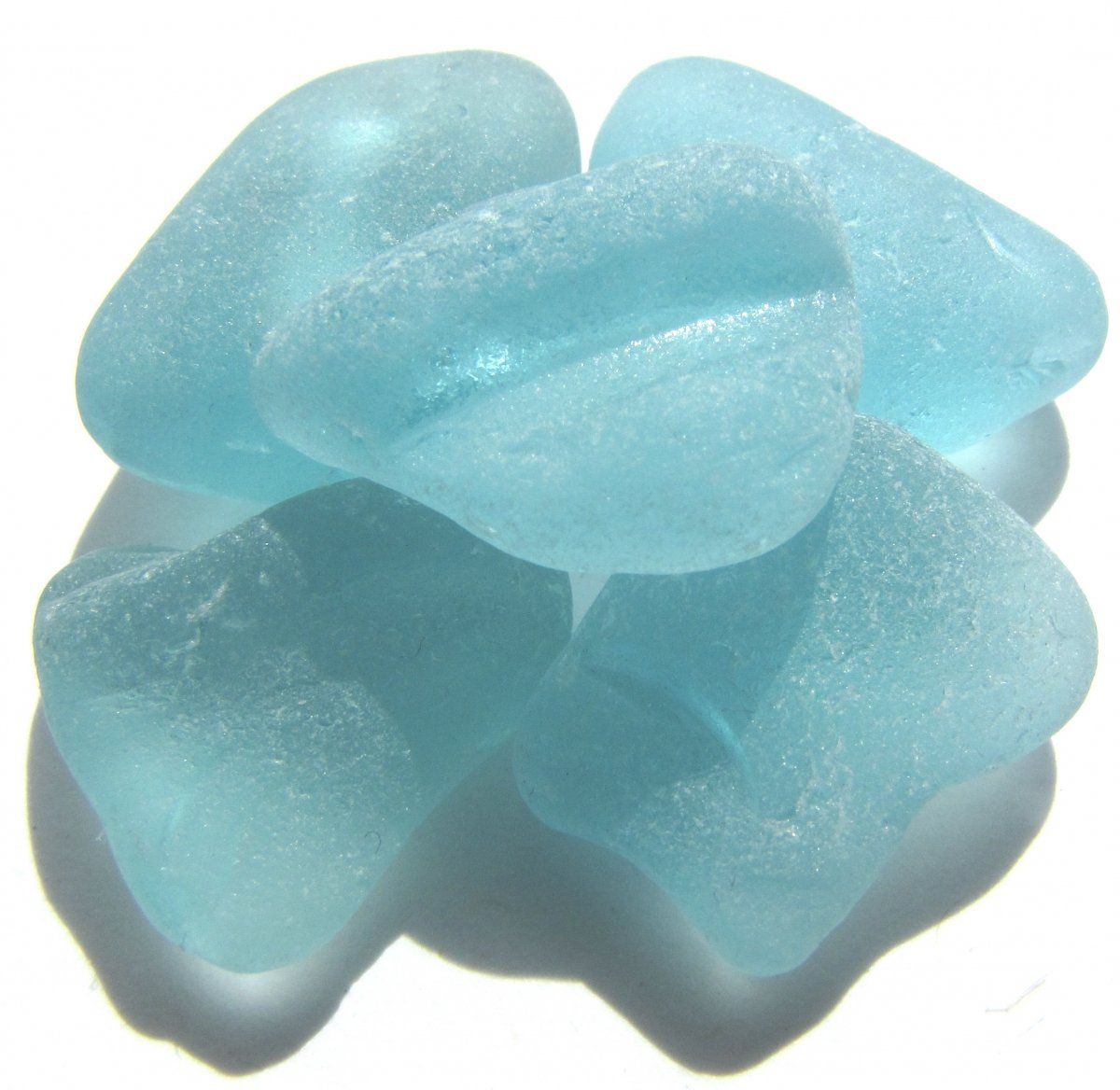West Coast Sea Glass
Genuine Sea Glass Jewelry and Bulk Sea Glass
Santa Cruz Sentinel - "Sea of Color"
Santa Cruz Sentinel - "Sea of Color"
by Leah Bartos
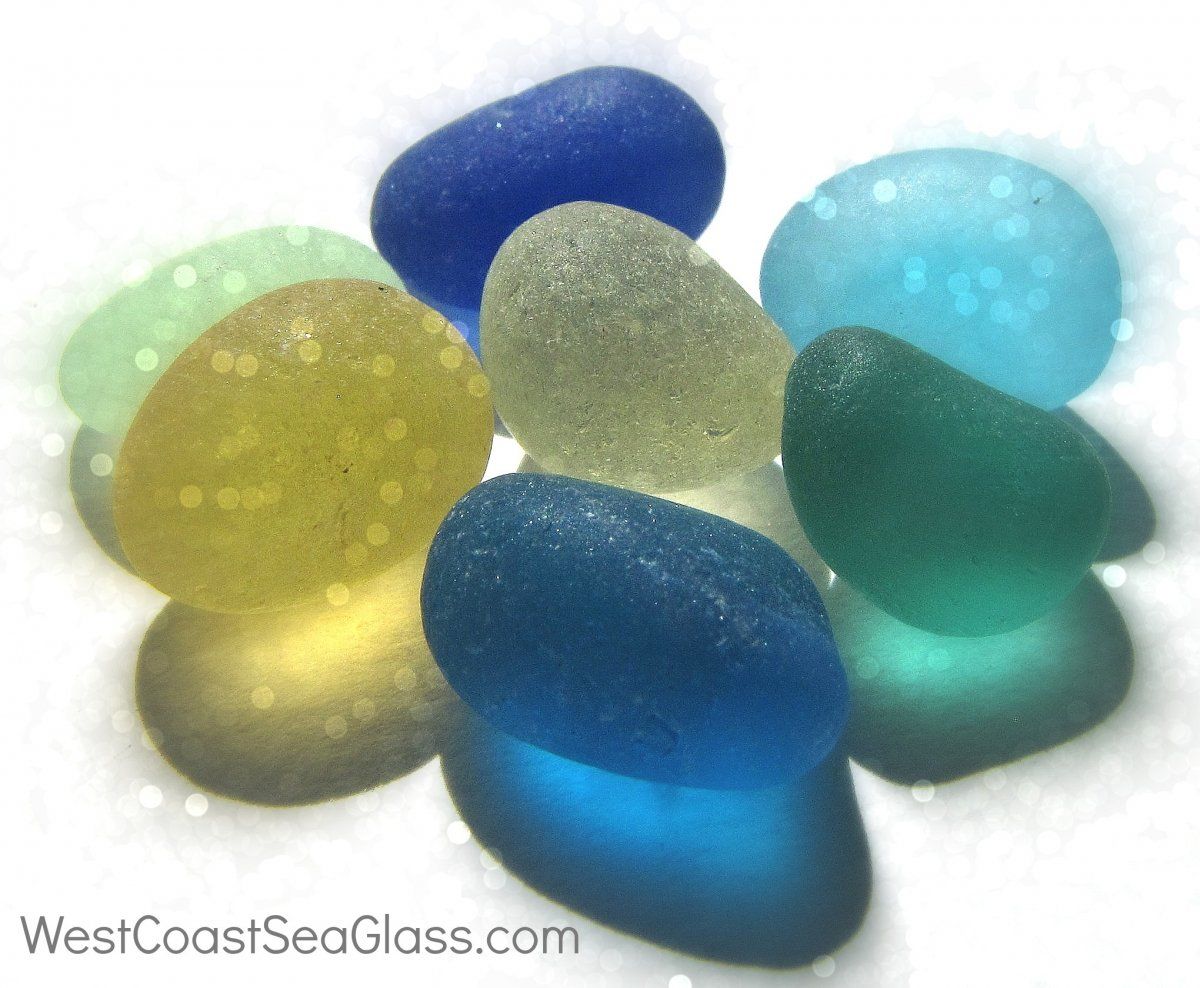
October 6, 2007
This year’s festival, sponsored by the North American Sea Glass Association, runs today and Sunday at the Santa Cruz Beach Boardwalk’s Cocoanut Grove and features artisan vendors, lectures, workshops and the opportunity to win $1000 in the “Shard of the Year” contest.
Sorting through bins of colored glass shards on a daily basis, sea glass experts like NASGA president Mary Beth Beuke can easily distinguish between the dark hues of a Victorian era medicine bottle and the lighter shades of an early 20th century canning jar.
“Each piece has a history. You can learn a lot about an area by looking at the sea glass there,” Beuke said. “And a lot of people think that it’s just garbage.”
A lifelong seal glass collector, Beuke owns West Coast Sea Glass, a company based in Puget Sound, Wash. and distributes sea glass products to 38 galleries and shows across the nation.
In addition to scouting the sea glass shards by kayak or by foot along the Pacific Northwest coast line, Beuke has also dedicated herself to studying the history of the area to better appreciate her discoveries. Drawing on methods common to archaeologists and historians, Beuke can see in her shards an emerging picture of the Pacific Northwest settlement patterns and the historical impacts of the logging and shipping industries.
But, unlike her scholarly counterparts, Beuke finds a sense of mysticism surrounding sea glass culture.
“Identifying sea glass is a challenge between history’s truth and one’s imagination, because there’s a little of both involved,” Beuke said.
For those curious about the history of their own sea glass shards, the festival also will have experts on hand to identify the possible origins of the pieces.
Among the sea glass identifiers will be Richard LaMotte, a NASGA board member and author of Pure Sea Glass. LaMotte spent several years collecting and researching sea glass, and estimates he has 40,000 sea glass shards in his Maryland home.
Since the book’s publication in 2004, LaMotte has traveled all over the country for book signings and has met thousands of other sea glass enthusiasts, many of whom are eager to share their stories about sea glass. As LaMotte has found, many collectors have a strong emotional tie to their beachcombing discoveries.
“For a lot of people, it’s more than finding something to put in jewelry.” LaMotte said, recalling several stories collectors shared with him about losing family members and finding a piece of sea glass to commemorate their death. “It really represents a healing process for a lot of people.”
In addition to networking opportunities or the chance for early holiday shopping, undoubtedly many will be drawn by the allure of a $1,000 prize. In fact, last years winner is still reaping the benefits.
“We built a half-pipe for skate-boarding in the back yard. It was kindof a family thing,” said 13-year-old Bailey Ryan, who won last year’s “Shard of the Year” contest with a perfectly round, turquoise bottle stopper she discovered on a family vacation in Hawaii.
